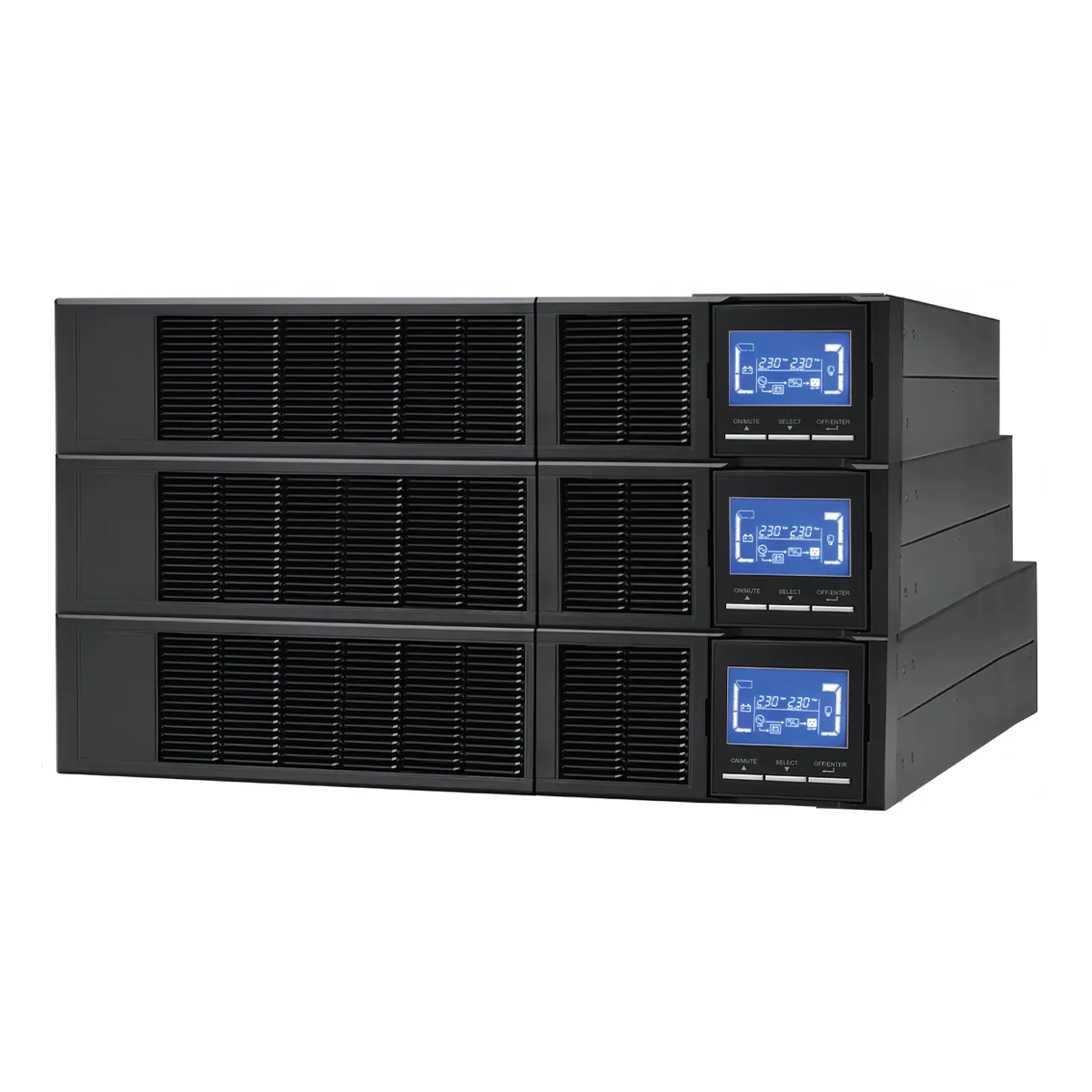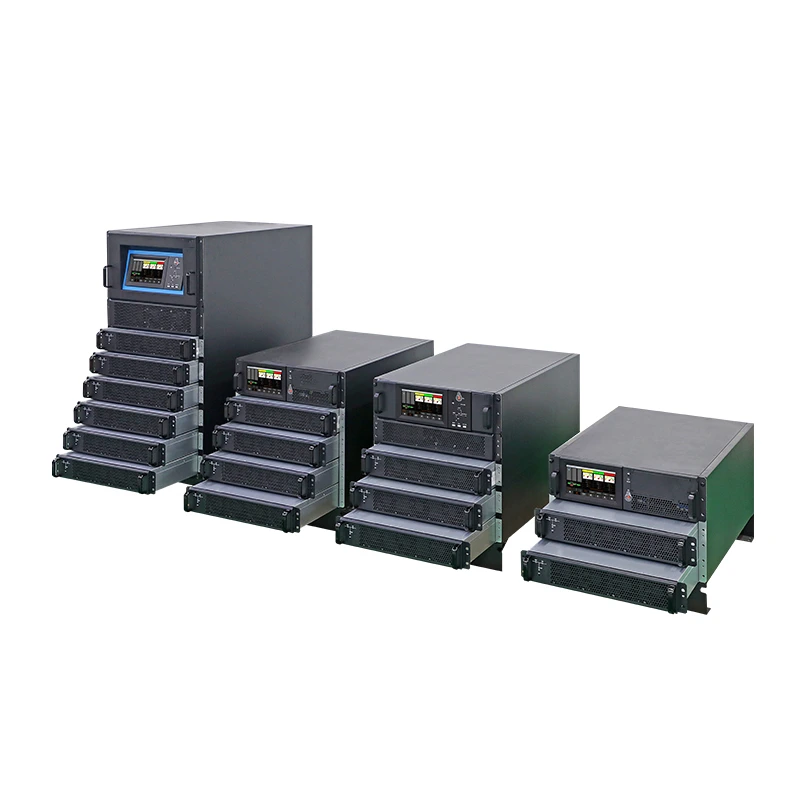Liquide ou air : lequel est le meilleur dans le domaine des centres de données ?
Release time: 2025-05-12
In precision air conditioning solutions, we often have a variety of cooling types to choose from, including various forms of air cooling and water cooling with different coolants. How should we choose a cooling type? Which one is better? Today we will mainly discuss which one is better based on their characteristics, cost and other aspects.
As data centers continue to increase computing density to meet the needs of computing-intensive applications, the energy consumption and heat generation of equipment per unit space increase, and traditional air cooling faces challenges, prompting companies to consider liquid cooling technology.
| Air Cooling | Liquid Cooling | |
| How it works | Remove heat by exchanging cold air with hot air | Take advantage of liquid’s efficient heat transfer properties to remove heat |
| Technical Category | Room, row and rack systems | Direct contact cooling, loop cooling, immersion cooling |
| Technical Features | · Room level: Various forms, from overall circulation to utilizing hot and cold aisles and airflow containment techniques · Row level: Target cooling of specific equipment to improve efficiency · Rack level: Greater precision and efficiency, but increased complexity | · Direct contact: cold plate in close proximity to heat generating components · Loop circulation: coolant circulates through a closed loop system · Immersion: server components are immersed in a non-conductive liquid |
| Advantage | · Mature technology, widely used · Data center personnel are familiar with it and have rich maintenance experience | · Better able to handle high computing density · Reduced energy consumption · Less water consumption · · Space-saving and low noise |
| Shortcoming | · Difficult to meet modern high computing density requirements · High operating costs · Water restrictions · High noise · Low air heat transfer efficiency | · High upfront capital expenditure · Requires IT and management staff to learn new skills · Immature market |
| Price Considerations | Higher long-term operating costs | The initial investment is large, but the long-term operating cost is low. It has obvious advantages in high-density scenarios and saves energy and water. However, the risk of supplier lock-in may affect the long-term total cost. |
| Installation and Maintenance | Relatively simple operation and maintenance, with mature experience | Represents a new working model, with high learning costs and partial maintenance dependence on suppliers |
| Adaptation Scenarios | Suitable for scenarios with low computing density requirements | Suitable for high computing density scenarios, gradually becoming the inevitable choice for data centers |
So after reading the differences between liquid cooling and air cooling, how should we choose? Liquid cooling is still in the development stage except in the field of mainframes and supercomputers, and the development and standardization of technology are difficult to predict. Although air cooling is mature, its long-term practicality is limited. Customers with urgent cooling needs can consider a combination of liquid cooling and air cooling so that they can completely replace it with liquid cooling in the future.

